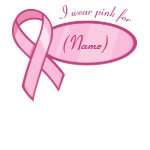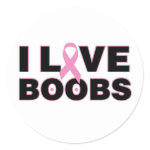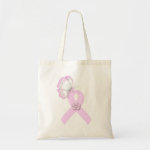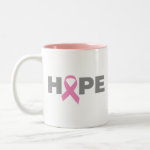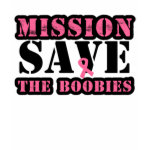 Breast Cancer is arguably the most commonly known form of cancer. There are foundations upon foundations supporting the cause and boosting awareness around the world, there are products (like the ever-recognizable pink ribbon) that raises awareness and shows support for those dealing with the illness, and even NFL players take their own stand in the fight by donning Pink sweatbands, gloves, and shoes on the field during the month of October. But underneath all of the publicity and outcry for support, and the never-ending search for a cure, there are some absolutely jaw-dropping statistics. Let’s take a look at some of those figures…
Breast Cancer is arguably the most commonly known form of cancer. There are foundations upon foundations supporting the cause and boosting awareness around the world, there are products (like the ever-recognizable pink ribbon) that raises awareness and shows support for those dealing with the illness, and even NFL players take their own stand in the fight by donning Pink sweatbands, gloves, and shoes on the field during the month of October. But underneath all of the publicity and outcry for support, and the never-ending search for a cure, there are some absolutely jaw-dropping statistics. Let’s take a look at some of those figures…
Did you know that Breast cancer affects 1 in 8 women in the US? That is just over 12% of the female population in the country! Breast Cancer, whether invasive or non-invasive (We will take a look at the difference between those in a minute…), largely affects women between the ages of 60 and 69, with an absolute risk of 1 in 28 women. While breast cancer rates have decreased drastically since 2000, with the rate dropping 7% between 2000 and 2003 alone, an estimate of 232,340 new invasive breast cancer cases were expected to diagnosed in women in 2013. Invasive Breast Cancer is when the cancer spreads to the normal, healthy tissue, while non-invasive cancer stays within the milk duct and lobules of the breast, and doesn’t invade normal tissues within or beyond the breast.
Some risk factors that you can control to try and dodge breast cancer by acting on are watching your weight and changing your diet (Studies show that consuming more cholesterol-filled foods increase the risk of breast cancer), exercising regularly (It is recommended to engage in 45 to 60 minutes of physical activity 5 or more days a week), watching your alcohol intake, not smoking, exposure to estrogen, recent oral contraceptive use, and stress and anxiety. Some factors that you can’t control are your gender, age, family and personal history of the disease, race, and radiation therapy to the chest.
While some symptoms may be difficult for you to spot on your own, some signs you can watch for are swelling of all or part of the breast, skin irritation, dimpling, pain in your breast, nipple pain (or the nipple turning inward), a nipple discharge other than breast milk, or a lump in the area under your arm (your armpit, if you will). While there are no medically accepted forms of cancer treatment, as with any other type of cancer, Mammograms (x-rays of the breast) are recommended annually, with check ups suggested more often as you increase in age, especially after age 50. This is when routine mammograms should start happening.
Wear the pink ribbon to show support for our mothers, sisters, aunts, grandmothers, friends, and all of the warriors and survivors of Breast Cancer, and remembrance for those who have lost the battle with Breast Cancer. Get our beautiful Breast Cancer pink ribbon designs on shirts, hats, tote bags, necklaces, stickers, and more!
Shop our selection of pink ribbon Breast Cancer Awareness Products




